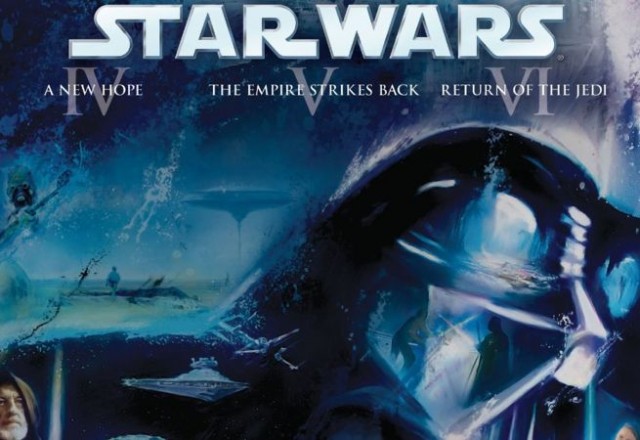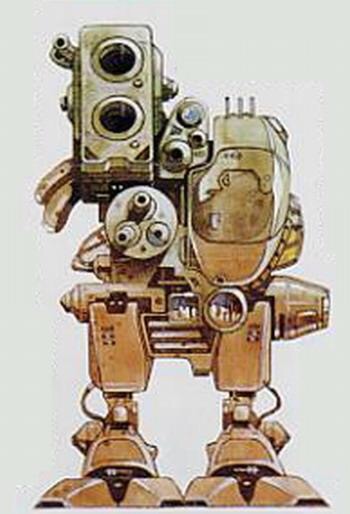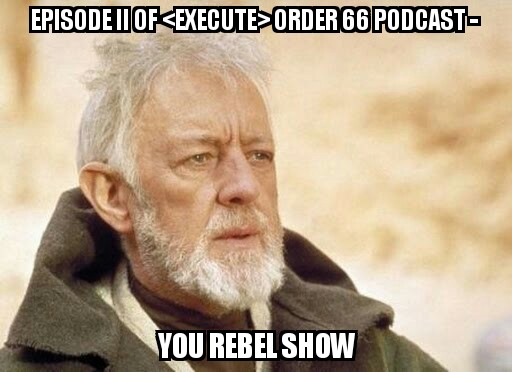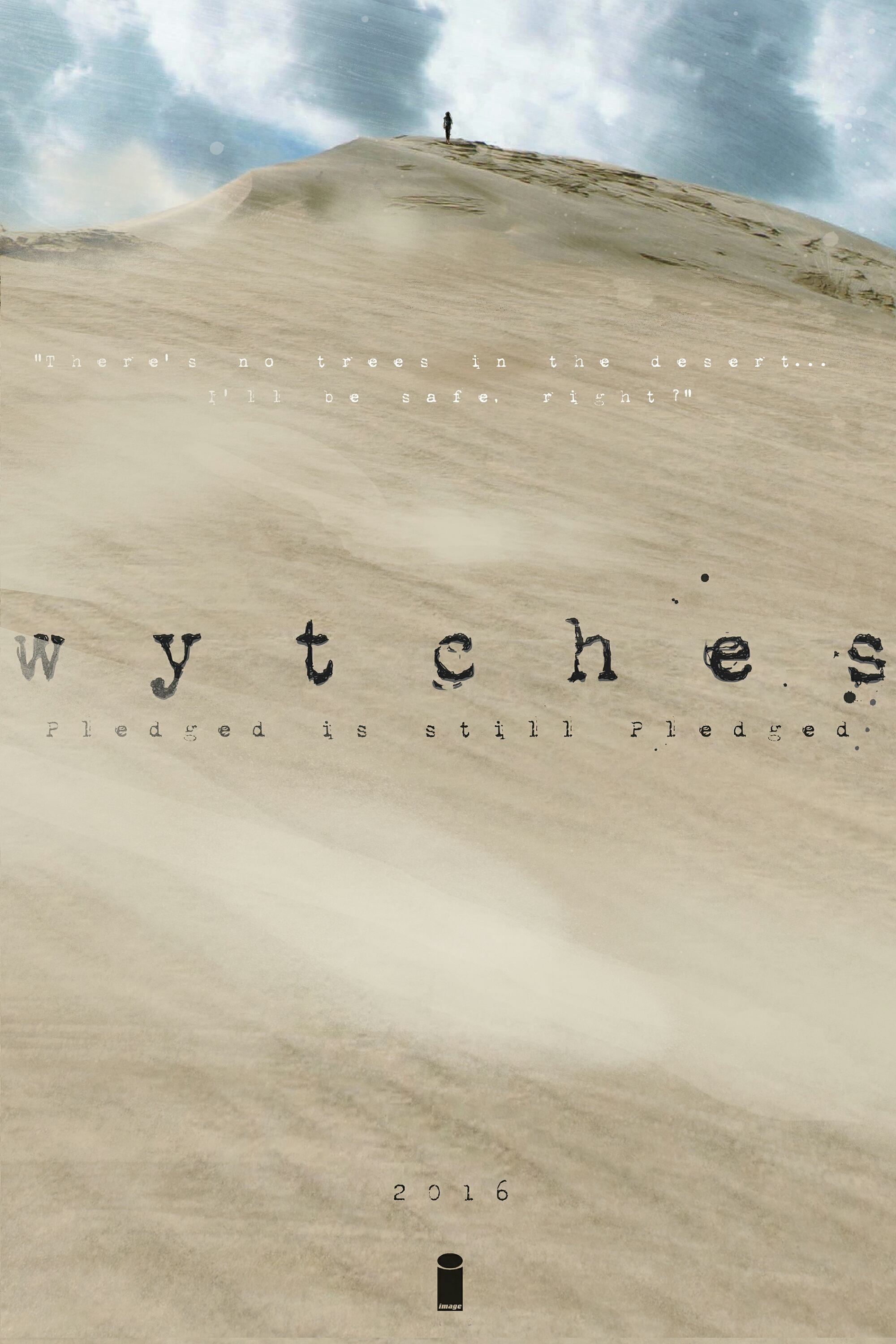Despite the knee-jerk reaction of many across the internet, I love it. I think the last few seconds are a little hard to understand, and I think it’s hard to build a complete picture without a little conjecture or some assumptions, but I really enjoy what is going on here. I think this game fits well into the greater thematic arc of Metal Gear and in itself finishes off Big Boss’s story satisfactorily. A lot of people say the ending raises too many questions, but if you grasp from around Metal Gear, I think you can put together a coherent narrative even if the pieces are kind of a mess. Luckily, I spent too much time thinking about this series and am a human Metal Gear encyclopedia.

So at the end of the game, you get a tape explaining that you are not Big Boss, but an exact duplicate created by Zero to protect the real Big Boss from his own organization. This scene is really really good, and I love Kiefer’s mocap work when Venom Snake smirks and looks at himself in the mirror with this look of power.
But the last few seconds of this scene are extremely important. When he flips the tape over, there’s a time jump to 1995.
Be perceptive: in the reflection of the mirror, there is a Diamond Dogs emblem on the bathroom door. However, when Venom flips the tape over, that emblem becomes an Outer Heaven logo. What’s the other side of that tape labeled? Operation N313 aka the operation Solid Snake goes on in Metal Gear 1.

Venom puts the tape into an MSX and it reads data on a screen, data Venom can see, but we can’t. He then walks over to the mirror again, and in anger punches it. On the other side stands his reflection, which then turns away from us and walks away into darkness. Given that we’re in Outer Heaven in 1995, and you can hear the chaos of gunfire outside, it can be safely assumed that this scene happens immediately before Solid Snake arrives to shoot some rockets at him. He breaks the mirror in rebellion against the mission given to him on that tape, but he accepts it anyways, stoically walking to what will become his death. It’s also important how this is depicted visually; Venom walks away in black, silhouetted against smoke. As he walks, the space around him becomes darker, until finally he disappears completely.

I think this scene is important not just for characterizing Venom Snake as he strolls off, but also ties into the game thematically. In a lot of ways, MGSV is about the forgotten people that operate in the background to support the big players. Skullface, XOF, us as the players of these games, and Venom Snake; all of them were used to create the Metal Gear world as we know it, and all of them were lost to time. If the original games are about the titans of the universe, this game is about their shadows. Venom Snake disappears at the end of this game; he is washed away from history. Everyone thinks he was Big Boss, and that is all that is ever known of him. He quite literally disappears.
Many people upon seeing the ending assume Venom Snake built Outer Heaven, but this isn’t true. At the hospital in Cyprus, Ocelot gives Big Boss a new passport with a new name on it. This is Big Boss’s new identity while Venom Snake is Big Boss; the name on that passport is whatever you make it during the character creator, but for the sake of simplicity here, let’s just say the name is Steve. Venom Snake, aka the medic, unwittingly gets Big Boss’s identity and makes Diamond Dogs and the events of MGSV happen as we see them. During this time, Big Boss is under the name Steve and is building Outer Heaven in South Africa.
But wait, it says that Solid Snake kills Venom Snake in Outer Heaven!?

Yes, but the credits also say Big Boss built Outer Heaven. Notice how the credits refer to real Big Boss as Big Boss exclusively; they refer to Venom Snake as Big Boss’s Phantom, never just Big Boss. There’s also a discussion after the credits between Kaz and Ocelot about this.
But then what the heck is Venom Snake doing there in Metal Gear 1?
Venom Snake was originally created to be a decoy for Big Boss so that he may live when the whole world wants him dead. Sometime during the events of MGSV, Big Boss realizes another purpose Venom can be used for: he and Big Boss can work together to build Big Boss’s legend and achieve his ideological goals.
Many people thought that Big Boss’s turn was going to happen in this game, that we would finally see what made him turn to villainy. But Metal Gear is never so black and white, and in reality, Big Boss’s turn was more subtle, and actually happened in Peace Walker.
It further details Big Boss’s fall and shows us everything we ever needed to know about him. While in a coma, Zero comissions a memetic clone of Big Boss. The parallels between Les Enfants Terribles and the creation of Venom Snake are obvious. When Zero did this the first time, Big Boss was disgusted and rejected it. But what did Big Boss do this time? He embraced it, he embraced the cult of personality, he embraced the legend. After MSF was obliterated in Ground Zeroes, Big Boss realized that in order to achieve his sweeping dreams, he had to work from the shadows, even if that meant tying the noose around someone else’s neck.
Venom Snake builds Diamond Dogs and eliminates XOF as a threat. It is now that Big Boss lets him in on the whole ruse and opens up an avenue of partnership.
This is the point where conjecture begins
So what we know is that Big Boss is again under the Big Boss identity by the time of MG1; everyone knows him as Big Boss, leader of FOXHOUND, while no one knows who is commanding Outer Heaven. As I said before, Big Boss is building Outer Heaven during MGSV, and as such, Diamond Dogs cannot be Outer Heaven. Everyone in Diamond Dogs (Kaz, Ocelot, Big Boss) eventually ends up in FOXHOUND. What this tells me is that at some point shortly after MGSV ends, Big Boss and Venom Snake switch identities again; Big Boss resumes the title of Big Boss while Venom Snake resumes the Steve alias and takes over as head of Outer Heaven. That’s how everyone knows Big Boss is the CO of FOXHOUND, but nobody knows who is leading Outer Heaven in MG1.

It is known that to Zero, and ultimately the Patriots, having Big Boss return to them is favorable to having him killed. So then it makes sense that Big Boss returns to them with Diamond Dogs, Kaz, and Ocelot. He again becomes leader of FOXHOUND, finds Sniper Wolf and Gray Fox, and trains Solid Snake.
But why? Why would Big Boss go back to the US/Cipher/the Patriots?
So that he and Venom can play the field from both sides. He communicates to Venom Snake through cassette tape, and later through MSX tape.
Ok, so what happened in MG1? Why would Big Boss have Solid Snake kill Venom Snake?
This isn’t, and never will be, clear to a concrete extent. Because Kojima is gone, all we can ever do is try to build a complete picture from what is, at best, ambiguous information. I’m basically trying to explain character motivations and such using nothing but the last 10 minutes of Phantom Pain, the paper thin plot of a 30 year old MSX game, and the thematic undercurrents of the MGS saga.
But this is my theory, and I’m sticking to it.
It can be safely assumed that whatever is on that N313 tape, Venom doesn’t like it. He reads the info and immediately destroys a mirror in rage because he has lost everything (his sanity, love interest, comrades, and identity) and he saw what he became. That does not sound to me like the reaction of a happy man. Given the info we have, it can be reasonably assumed that Big Boss and Venom communicate through those cassette tapes; it can also be reasonably assumed that towards the end of Metal Gear 1, Venom Snake becomes aware of the fact that Solid Snake is coming to kill him and tries to sabotage that operation. During the game, your CO is Big Boss. He’s basically the Campbell of Metal Gear 1; he gives you hints and suggestions on what to do. But suddenly, towards the end of the game, Big Boss contacts you on a new frequency and begins giving you bogus advice to try and sabotage your mission.
Real Big Boss’s frequency: 120.85

Venom Snake’s frequency: 120.13

This second Big Boss on the new frequency is Venom Snake trying to stall Solid Snake’s mission. Now, what we see in MG1 is that the entire time, Big Boss is helpful in assisting Solid Snake in his mission to destroy the Metal Gear TX-55 and Outer Heaven. We also know that Venom Snake contacts Solid and tries to stop the mission. If Big Boss didn’t want Solid to kill Venom, he would have also worked to stop the mission, not assisted the whole time.
It isn’t clear, and it will never be clear, what Big Boss’s grand plan was for Operation Intrude N313 (AKA the Outer Heaven Uprising). As it stands in canon now, he expected Solid Snake to fail. Given the new information about Venom Snake, his motivations become even more nebulous. It was established in early canon that Big Boss sent Solid Snake to Outer Heaven to die. We will continue accepting that this is true since there is nothing that directly contradicts it.
What we also know is that around the time of the mission, Venom Snake gets a tape labeled N313 from Big Boss. This tape likely contains information from Big Boss about this mission, and maybe some orders for Venom Snake as well. After seeing the tape, Venom punches the mirror. Then we have that shot that immediately follows it: he stoically walks into oblivion, accepting his fate.
It is also unclear if the Outer Heaven uprising was Big Boss’s or Venom Snake’s plan. Again, in canon it is Big Boss’s, and at this time nothing directly contradicts that information. The Uprising was the end goal of Big Boss’s dream, the final result of Outer Heaven. It was an outright war against the Patriots, and Venom Snake goes along with Big Boss’s orders to start it.
The Patriots react to this by sending Solid Snake into Outer Heaven to kill its mysterious leader. Big Boss commands him throughout that mission because he is under cover and doesn’t want his cover blown. He hopes that his Uprising will be successful in not just killing Solid Snake, but also in challenging the grip of the Patriots.
However, there is one other favorable outcome. If all goes wrong, Venom Snake can still fulfill his duty as Big Boss’s doppleganger. If Venom is able to convince Solid Snake that he is the real Big Boss, and gets killed by Solid Snake, then the real Big Boss can use this to fake his own death and go underground to establish Zanzibar Land, aka Outer Heaven 2.0.
I believe that tape contained a general outline of Solid Snake’s mission, which is how Venom was able to mislead him on the radio. I also believe it contained instructions from Big Boss for Venom to convince everyone that he is actually the real Big Boss so that if he dies in Outer Heaven, Big Boss can still work in secret to achieve his true dream. This order is what makes Venom furious, what makes him punch that mirror: he was in many ways given the same mission as the Boss. If he cannot defeat Solid Snake, he must die. He must sacrifice himself so that Big Boss can carry on with his plans. He has to give up his identity, his face, his emotions, his ideology, his life; all of it to Big Boss. No one will ever know who he was, no one will ever know what he did. He will go down in history as a criminal, as a monster who instigated an armed uprising and almost brought the world to nuclear disaster.
And Venom accepts his mission. He convinces Solid Snake that he is the real Big Boss by feeding that information to Gray Fox and then by telling Snake himself. He gives killing Solid Snake an honest shot, but he also makes sure that if he goes down, everyone thinks it is Big Boss who went down.
The Man Who Sold The World Meaning
The song ‘Man Who Sold the world’ was a single by David Bowie way back in November 1970, and it was covered by nirvana and released in 1994.
around that time of releasing the song, Bowie was a closet heterosexual but he was a bisexual ( wife once told he had an affair with mick jagger), it is this inner conflict – he created an alter ego called ziggy stardust an androgynous rock star who spoke with aliens.
So the song is something David Bowie used to be (Ziggy stardust) and he seeing himself as people do ( Bowie) and convincing himself he has changed. The conversation with his alter ego is clear when Bowie Says in the lyrics that I thought you died alone and oh no not me we never lost control ( we never is the bisexual in him) ziggy talking back oh not me I never lost control.
The man who sold the world is the image that is Bowie has sold to the world, and his search foreign land and years to roam is his inner journey to find his identity.
So for this case, Big Boss is the man who sold the world and Venom Snake is nothing more than an phantom/body double of big boss no matter how legendary “he” is, he is not the real “legend”.
follow me on twitter @julianexcalibur



































